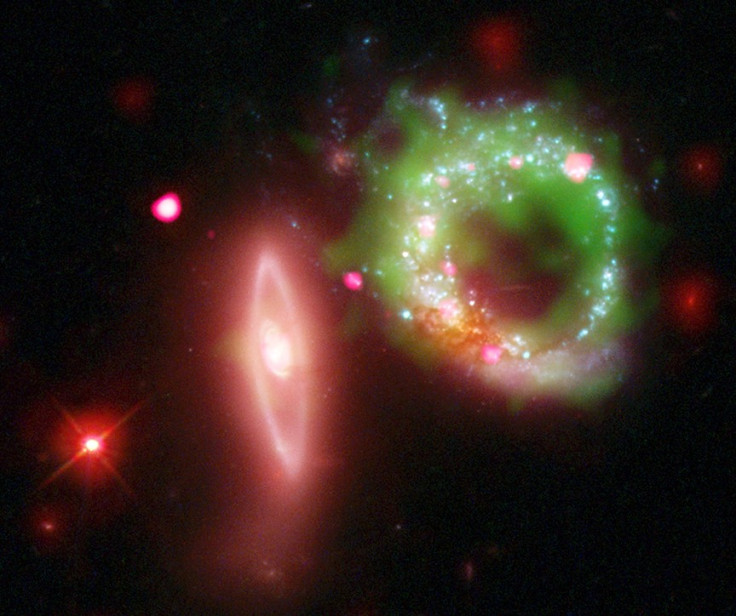New laser technology lets you transfer the entire British Library in one second

New research has found a way to transfer data at 26 terabits per second -- a new record in transfer speed.
The research reportedly managed the feat by shuttling different colours of infrared light down lengths of fibre-optic cable.
In a recent meeting with the BBC the research paper's co-author Professor Wolfgang Freude from the Karlsruhe Institute of Technology in Germany revealed the secret to the high speed as a trick called "fast Fourier transform".
The trick functions by separating the light used into more than 300 separate colours, each encoded and carrying its own string of information.
In the same talk with the BBC, Professor Freude went on to point out how while similar results have been recorded by other researchers, their research has relied on multiple lasers to achieve the results -- a costly affair which price tag has hindered any real exploration into commercial use of the technology.
Talking to the BBC Professor Freude commented, "Already a 100 terabits per second experiment has been demonstrated,"
"The problem was they didn't have just one laser, they had something like 370 lasers, which is an incredibly expensive thing. If you can imagine 370 lasers, they fill racks and consume several kilowatts of power."
For this reason in their work he and his colleagues strove to achieve the same results using only one laser and short pulses of light -- in his mind opening up the window of possibility for development for application of the research in everyday use.
While Professor Freude did admit that in order to read the information stored in the light beams any new tech using the research's findings would require a newly designed -- and highly expensive -- receiving station.
The Professor also indicated his belief that the new transfer method would be entirely compatible with silicon chip technology -- it remains to be seen whether any of the large scale tech developers that could afford the new researches somewhat hefty price-tag agree.
© Copyright IBTimes 2025. All rights reserved.





















